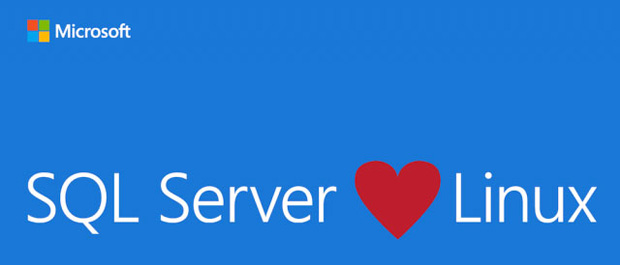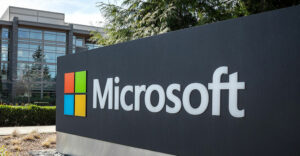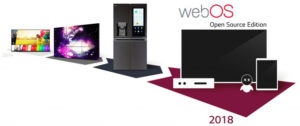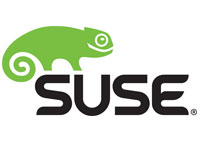Microsoft on Monday announced the availability of its first public release candidate for SQL Server 2017, which includes full support for Windows, Linux and Docker containers.
SQL Server on Linux improves on earlier previews with several key enhancements, including active directory authentication; transport layer security to encrypt data; and SQL Server Integration Services that add support for Unicode ODBC drivers.
SQL Server 2017 has demonstrated faster performance than competitive databases or older SQL Server versions with new benchmarks, Microsoft said, including the world record TPC-H 1-TB non-clustered data warehousing benchmark achieved this spring using SQL Server 2017 on Red Hat Enterprise Linux and HPE DL380 Gen 9 hardware.
Among early adopters are Dv01, a financial technology startup, which began using an open source database on a rival’s cloud, but got 15 times faster performance on SQL Server 2017, according to Microsoft.
Another customer, Convergent Computing, has moved some Tier 2 applications to inexpensive, white box servers using SQL Server 2017 on Linux.
Convergent started fiddling with SQL on Linux last year, said Rand Morimoto, president of the company.
After evaluating the initial performance of the new platform, Convergent added applications as Microsoft added functionality, he told LinuxInsider.
Convergent now has half a dozen business applications — including financial systems data analysis and client communications management systems — running successfully on Linux, Morimoto said.
The company can get the same performance while running these SQL/Linux instances on lower power, he said, allowing it to recapture resources allocated to other applications.
“We’re anticipating over the next 24 months that will translate to a decrease in costs of at least 34 percent,” Morimoto said. “As we scale our SQL instances using SQL/Linux, we feel we can effectively increase capacity by 40 to 50 percent without having to allocate more resources.”
Advantage Azure?
The move is the latest indication of Microsoft’s growing warmth toward open source. CEO Satya Nadella has shifted the company’s philosophy away from competition and toward cooperation.
“It recognizes that forcing customers onto Windows servers isn’t a good long-term play for a couple of reasons,” noted Rebecca Wettemann, vice president of research at Nucleus Research.
For starters, Microsoft is laser-focused on bringing customers to Azure, making the desire to fight the Windows server battle less important, she told LinuxInsider.
“Windows is still a dominant player in the enterprise server space,” Wettemann acknowledged, but “with the growth of people writing for Linux, and the growth of Linux servers in the enterprise, Microsoft recognizes that customers want to run their database of choice on Linux — so opening SQL to Linux puts Microsoft into the hands of more potential users.”
The release seemed timed to coincide with last week’s announcement of Microsoft’s Azure Stack, which likely will have a huge impact on the private cloud market, noted Paul Teich, principal analyst at Tirias Research.
The availability of SQL Server on Linux will ensure that Microsoft customers that don’t want a full off-premises commitment to the Azure cloud have a familiar — and licensed — database available for on-premises deployment of Azure Stack, he told LinuxInsider.
“It’s a half step for customers who want to modernize their code a little bit but have concerns that keep them out of a multitenant cloud,” Teich said. “They want the flexibility to take advantage of a hybrid cloud if needed.”
Customer Demand
There is demand for stable, scalable databases, said Ron Pacheco, director of product management for Red Hat’s platform business unit — though he could not speak to any specific level of demand that might be driving Microsoft’s strategy.
“Customers are openly embracing the open source development model, even for their own internally developed applications,” he told LinuxInsider, “as it leverages the collective intelligence of a large community of mutually interested parties that yields very fast innovation.”
Microsoft first announced plans to offer SQL on the Linux platform early last year, noting that it was important to make the database available across multiple platforms. Enterprise customers have gravitated toward Linux not only for its relatively lower costs, but also for its fewer security risks.
“Linux is the dominant operating system of the cloud and of open source tools and platforms,” said Doug Henschen, principal analyst at Constellation Research.
Microsoft needed to make Azure attractive to cloud developers across platforms, he pointed out.
“Microsoft had to fill that gap,” Henschen told LinuxInsider, “and indeed, it recently introduced a MySQL cloud service — the open source database — that runs on Linux.”
There are several takeaways from Microsoft’s announcement of SQL Server 2017 RC1, suggested Al Gillen GVP for software development and open source at IDC.
“Microsoft is truly supporting a mixed open source/Windows support model,” he told LinuxInsider.
Further, “SQL Server on Linux is a competitive alternative to Oracle on Linux, giving customers that want an enterprise-quality database that is commercially supported on Linux two choices,” Gillen pointed out.
Clearly, he said, “there is room to grow the SQL Server business into the Linux space.”






















































